The Tibetan diet consists of mainly barley, processed into flour and used for things like tsampa, vegetables, soups, noodles, and the unforgettable yoghurt. Known in Tibet as “sho”, it is part of the staple diet of the Tibetan people, and is so popular it even has its own festival.
Origins of Tibetan Yoghurt
Yoghurt itself is thought to have originated in ancient Mesopotamia, around 5,000 BC, although there is no definite conclusion to this. There has been proof that it was used in ancient Greece and Turkey around 3,000 BC, and the word itself is of Turkish origin.
In Tibet, yoghurt has been a staple part of their diet for as long as there have been dri (the female of the yak species, which produces the milk), although the exact origins are lost in the mists of time. It is believed that the process of making milk into yoghurt came to the region from India, who learned of yoghurt from the Turks in around 500 BC.
For Tibetans, it has become not just part of their culture, but has a major religious significance as well. It has become a tradition to offer yoghurt as a religious offering to the monks of the temples and monasteries, in return for their blessings, and has traditionally been supplied to the monasteries for the monks after their period of meditation.
Yoghurt in Tibetan Life
Yoghurt is a major part of Tibetan life, and not just as a food. While this creamy food is part of their everyday diet, it is sometimes used by the young women as a face mask. They spread the yoghurt onto their faces, and after a while it turns black, looking very much like a modern acne facial mask peel. The women will keep the “mask” on for several days, and once removed, the skin of the face is soft and white, with clear, rosy cheeks.
In Tibetan religious culture, the Buddhist lamas of the Gelug Sect are only permitted to practice Buddhism inside the monasteries from April to June. This is done to avoid stepping on and killing the small living creatures. When the ban ends, they are allowed to leave the confines of the monastery, and the locals would traditionally present them with milk and yoghurt, and perform the traditional Tibetan operas for them.
When the Paradise Palace of the Drepung Monastery (the Gandain Phodrang) became the center of politics, religion, and culture in Tibet, thousands of people would descend on the palace every year at the end of the meditation period to offer yoghurt to the lamas in return for their blessings. After a while, the occasion started to include Tibetan opera troupes and dance troupes, and became the world famous Shoton Festival.
This practice of offering yoghurt in religious prayer and for blessings has been done throughout Tibet since the beginnings of Tibetan Buddhism.
As a food, Tibetan yoghurt is eaten every day, and is often used for a snack when traveling, in much the same way as tsampa. Moreover, the yoghurt contains natural bacterium that help with digestion, and keeps the gut healthy and better able to digest their food.
How to make Tibetan Yoghurt
Making yoghurt is part of the daily life of the Tibetan people, and they make it themselves, rather than buying it already made. While it can be bought ready-made in some of the larger cities in Tibet, most people tend to make it themselves, as it is relatively easy to make, and costs less than buying it, even if they have a shop to buy it from.
The creamy milk produced by the female of the yak species, the dri, is perfect for this rich, creamy delight. The milk is first boiled until it starts to rise in the pan, then removed from the heat and a little old yoghurt is stirred into it. This replaces the need for adding yoghurt cultures to ferment the milk, as the yoghurt from the last batch made already has the cultures needed. It is allowed to cool and ferment, and is normally ready within a few days.
Where to taste authentic yoghurt in Tibet
When you get to Tibet for your tour, you will find that there are many restaurants and eating houses in Lhasa. While many of them will have yoghurt, and it still tastes good, you are better off trying the yoghurt you will find out in the Tibetan countryside. Local Tibetans all tend to make t heir own yoghurt, and the taste is much better, and often richer and creamier, than the restaurant variety in Lhasa.
Nomads will sell you some of their yoghurt, and you can taste it if you get to go to the house of a local Tibetan. Tibetans are renowned for their generous hospitality, and will welcome you into their homes, and offer you foods such as yoghurt and tsampa. If you want the authentic taste of real, home-made yoghurt, this is the only way to go.
Yoghurt Festival in Tibet (Shoton Festival)
One of the great festivals in the Tibetan calendar, the Shoton Festival starts on the last day of the sixth month of the Tibetan calendar, and lasts for several days.
In Tibetan, “sho” is the word for yoghurt, and “ton” means banquet, so the Shoton Festival is basically a yoghurt feast. The festival also includes the traditional Tibetan operas and the unveiling of the sacred thangka paintings, and is a cultural exhibition of ethnic songs, dances, and celebration, as well as the eating of lots of Tibetan yoghurt.
>> Most Recommended Tour Itinerary: 6 Days Shoton Festival Experience Tour
The origins of the festival date back to the 17th century, in Drepung Monastery, and the festival there is still one of the most important in the region. The festival is held in many of the major temples and monasteries throughout Tibet, including Sera Monastery, Norbulingka Palace, and Potala Palace.
Thousands of people gather at the monasteries and temples in traditional ethnic dress to watch the lamas carrying out the giant thangka and unveiling it for all to pray in front of. At Drepung and Sera, the lamas carry a giant thangka of the Jampa, or future Buddha, and hang it in the early morning. The sound of a bugle reverberates through the valleys as they unveil the sacred thangka, and hundreds of Hada, or prayer scarves, are thrown onto the giant thangka, which is an amazing sight.
The festival continues with traditional Tibetan opera performances, that run for the rest of the day until dusk. However, many of the performances in places like Norbulingka and Potala are shortened versions of the originals, due to the limited time for each.
For the rest of the festival period, there are many other activities and celebrations in and around Lhasa, the capital of Tibet. The performances are colorful and exuberant, and the whole festival is an amazing experience that is not to be missed. And wherever you go, you will always find the traditional Tibetan yoghurt available to satisfy your yoghurt desires.
>> Read more about Tibet Tour Calendar and Festivals in 2017 & 2018
.jpg)



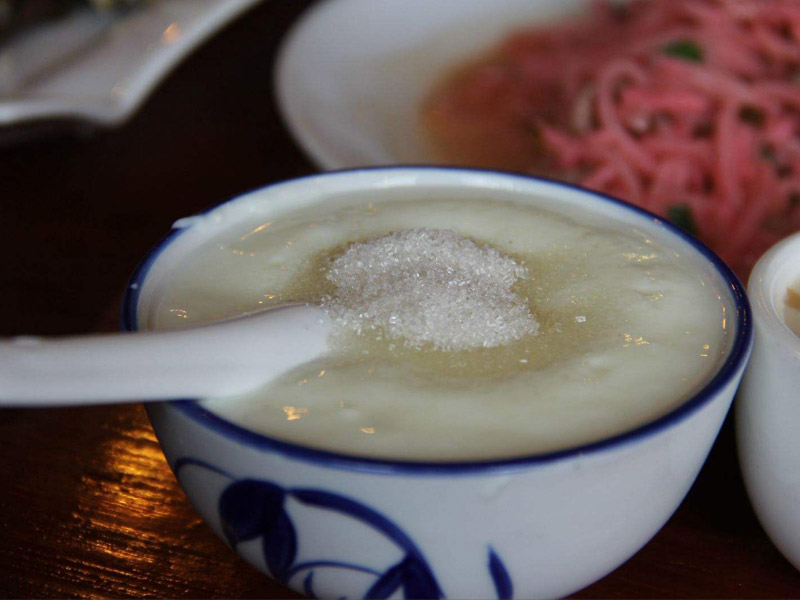
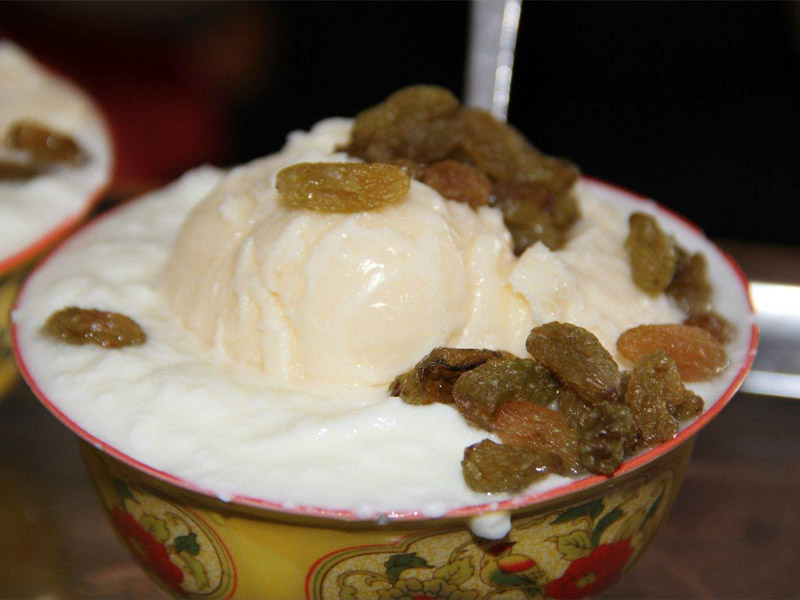
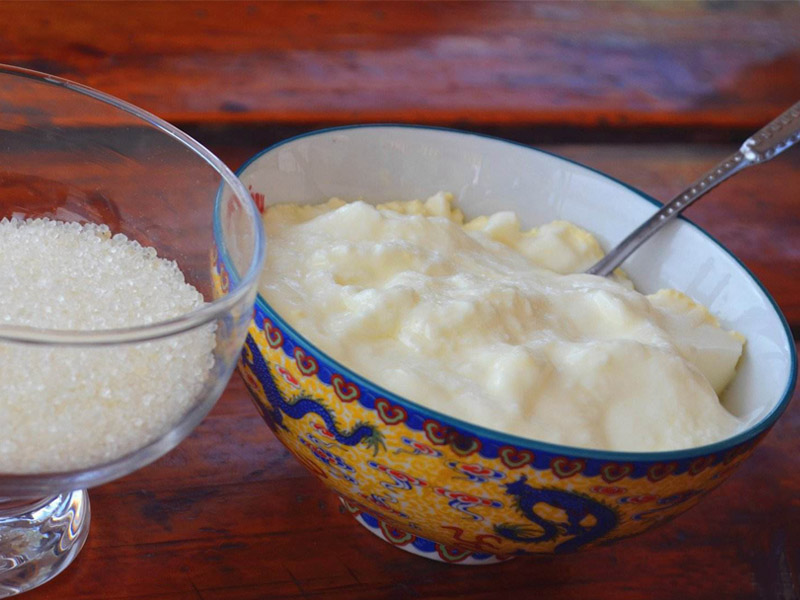

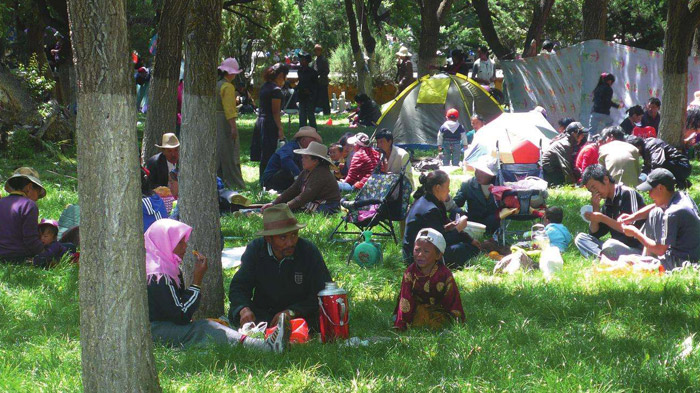



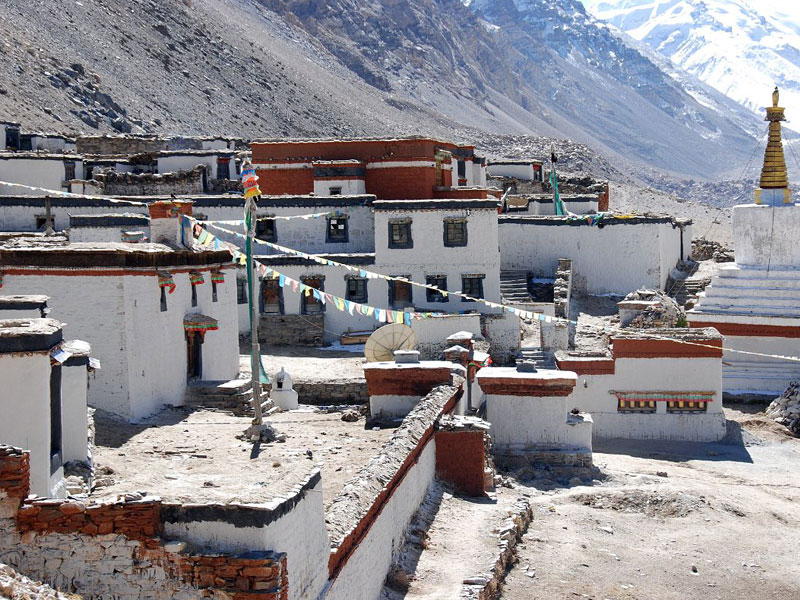






0 Comment ON "Tibetan Yoghurt and Shoton Festival"